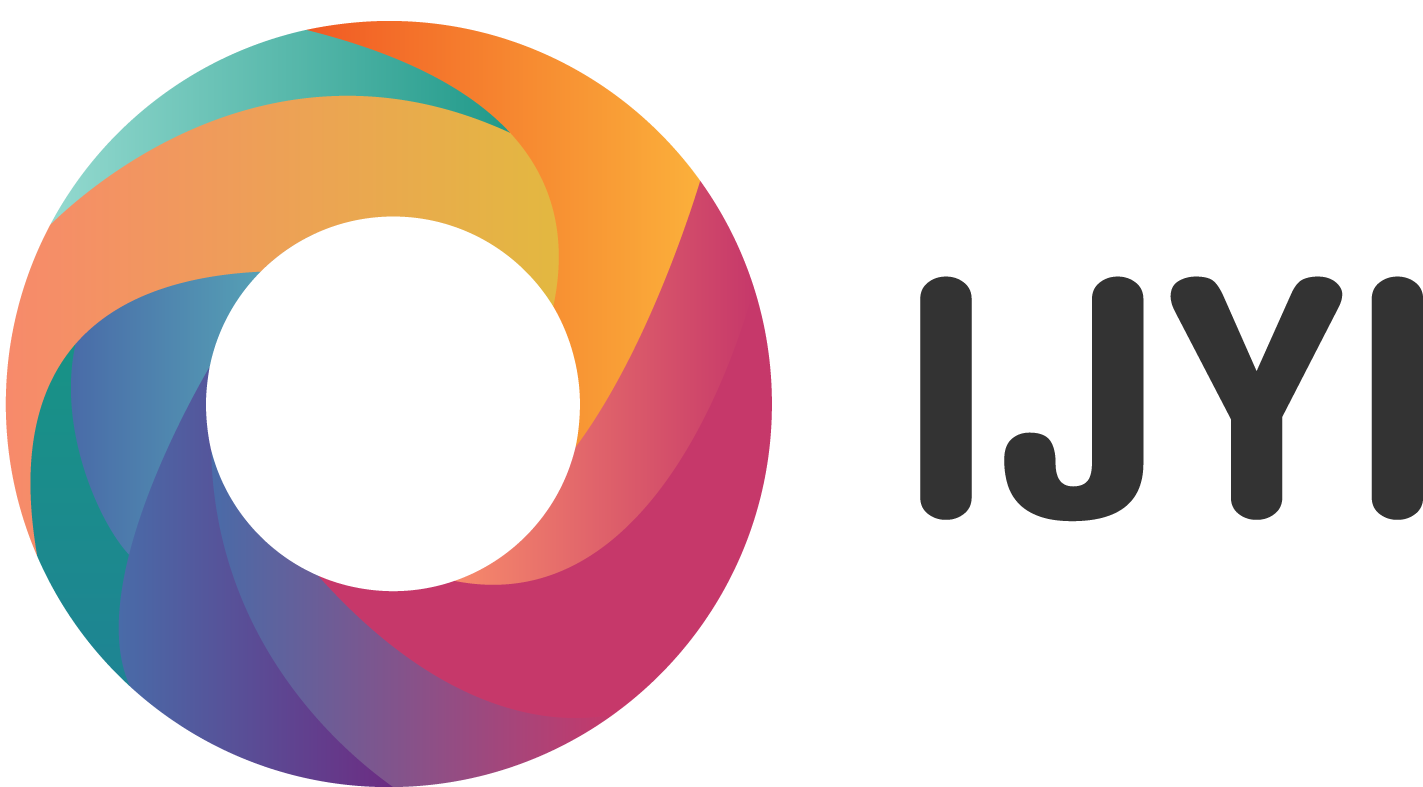When I was first given the topic for this edition I was excited….but then thought, who really wants to read another article about how much I love my Apple Watch, the data it provides me and how many miles a year I run? So, I decided to try and swing the viewpoint and look at the potential downsides of wearables, meditech and digital health solutions.
For the purpose of this article I have grouped these downsides into three areas; Technological, Privacy and Societal. There are of course overlaps between these.
Technological
The obvious one is cost as such devices are still relatively expensive, creating a digital divide.
Further consideration should be given to the limitations of size, weight, battery life which can all result in a barrier to adoption or simply an inconvenience.
More seriously is that such devices can provide inaccurate or unrealiable readings due to improper placement, user error or fundamental limitations of the sensors. For example, I wear a separate heart rate strap when running to avoid what is called “cadence lock” on my smart watch. Cadence lock results in a heart rate reading that is sync’d (locked) to the speed of my swinging arms. Given my cadence is ~180-190 steps per minute, if I didn’t understand this, or in my case prevent through different technology, I’d think my heart rate was exceptionally high on those occasions where I get cadence lock.
Finally, there is obsolescence; this technology is advancing at pace, keeping up is aligned to cost, but there is also the consideration of replacement/recycling of devices as they pass their useful/relevant age.

Privacy
Any data that relates to an individuals health, wellbeing or activities must be treated sensitively and appropriately. The individual needs to be in control of that data and able to see not only who has access but what it is used for.
Authorised access is one thing, but unauthorised access and data breaches present a real worry around potential exposure and misuse of personal data. For now, basic info like workout stats, heart rate, sleep patterns, etc are perhaps less of a concern but as we increasingly put medications, symptoms, treatments and more through a digital healthcare system, then privacy and protection becomes absolutely paramount. Unlike financial protection, loss of this data cannot be as easily compensated for.
Societal
This is the big one; there are so many elements around societal acceptance, exclusion and impact that require consideration prior to widespread adoption. Sometimes the benefits to a particular use-case outweigh any negatives, but that doesn’t mean it is valid for all. A few areas of note.
- Ethical Concerns. Individuals must give consent for the data gathering, access to the data and specific uses of their data. This is no small task on an “opt-in” basis to avoid a similar issue seen with web browser cookies where the majority simply click “accept”.
- Information Overload. With so much information it can be overwhelming to some users and potentially lead to anxiety or stress about their heath.
- Accessibility. How to ensure the technology and systems are accessible to all regardless of age, medical condition or any other factor.
- Government or Health Organisational Intrusion. Ensuring that overarching government or health organisations are not intruding or overstepping their boundary; even forcing the use of the technology on those that don’t want it.
- A two-tier health service. Where those that accept the technology and prove their “wellness” through it have access to a different (or cheaper) health service than those who decline it or are not as able to prove their “wellness”.
- Workplace use. Such technology can be used to protect the health and safety of employees, reducing workplace injuries and illness. However, ensuring that such information and the resulting management of employees health/employment is done legally and without bias is a challenge.
- Data Blindness. Decisions on patient healthcare should be informed by data but not solely driven by it. The personal benefits of seeing and listening to a patient must not be removed from the care process, along with well proven medical advice and interventions.
In Conclusion
As a fanatical runner, wearables and such technology has given me more data and information than I can possibly understand and make decision from. Magnify this ten fold for MediTech and similar technologies. The benefits are considerable BUT we must ensure a balanced adoption and ensure that all viewpoints and considerations are factored into their adoption.
Many countries have pushed forward with adoption, specifically China and Japan to address their aging poulations healthcare needs. The technology is here, we now need to ensure that society benefits consistently and safely.




About the author
Kevin Linsell
CEO at IJYI, started career researching Photonics and IP Networking at BT before expanding knowledge in technical, management and director roles across Computacenter, Adapt, Timico and QA. Addicted to running, tech gadgets and motorcycling.